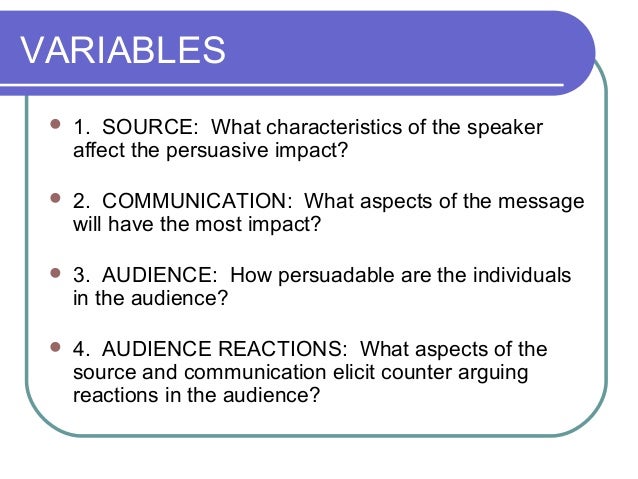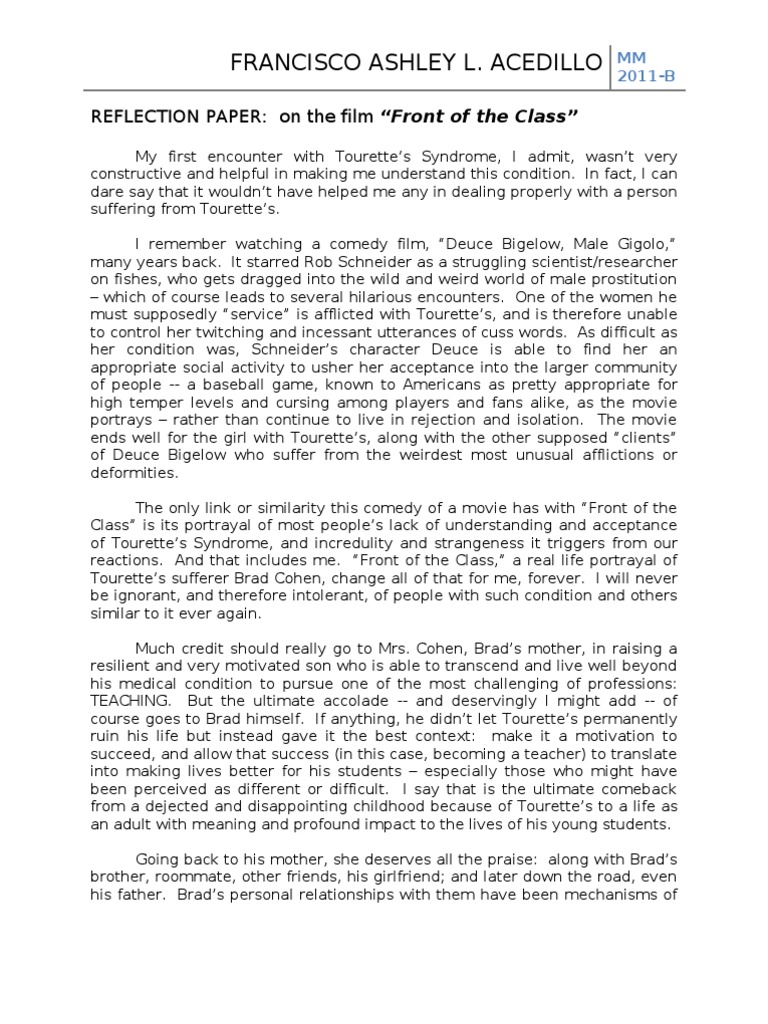
Using a variety of informative, persuasive, and argumentative writing techniques Writing is an important form of communication. Over the years, developing writers become good ones as they have embraced a clear understanding of the different types of writing techniques and the specific purpose each one serves. Read the speech bubbles below 31/1/ · Often a combination of facts (informative) and personal point of view (persuasive) Focus on benefits of your point of view. Use strong, comparable facts for both sides; never stretch facts to strengthen your argument. Persuasive paper outline: Introduction: present the Effective Informative Speaking Avoiding Persuasion We should avoid thinking of informing and persuading as dichotomous, meaning that it’s either one or the other. It’s more accurate to think of informing and persuading as two poles on a continuum. Most persuasive speeches rely on some degree of informing to substantiate the reasoning. And informative speeches, although meant to secure the
What is the difference between informative and persuasive writing? - Capella FAQs
I think that most presentations can be classified as persuasive or informative. These two presentation types can cover quite a range — more entertaining or less, informal or keynote,for example. Some presentations are for the purpose of selling a product or service.
Other presentations try to sell an idea. For example, maybe you want approval for a proposal. You might want to persuade people to contribute to a cause, informative persuasive and argumentative communication. The success of a persuasive presentation is determined by how many people make a purchase or how many people contribute to the cause. For a proposal, success is determined by whether or not you get the approval you need.
Many informative presentations are delivered for training or education. There may be a small element of persuasion at the beginning of an educational lecture, for example, as the teacher tries to persuade students that the topic is worth learning about, informative persuasive and argumentative communication.
But mostly the teacher wants the students to informative persuasive and argumentative communication and remember the content. An informative presentation may be followed by a test or exercise and the success of the presentation may be determined by how well the students do on the test or exercise. Another type of informative presentation is the result of research, such as a presentation at a scientific conference or a market research presentation meant to provide the information a company needs to make a business decision.
The success of the presentation would be determined by the outcome of the decision. There are many characteristics that both types of presentations share:, informative persuasive and argumentative communication. But there are differences, too. I remember listening to a recording of a presentation given by a research scientist at a press conference before a Paul McCartney and Ringo Starr concert at Radio City Informative persuasive and argumentative communication Hall in New York City, informative persuasive and argumentative communication.
He wanted the reporters to put a sentence or two about the research on the Transcendental Meditation technique in their articles. The concert was a benefit to raise funds to teach inner-city children this stress-reducing technique. Instead, he gave an informative presentation, which was overly technical and not helpful to the reporters, many of which covered popular culture.
Paul and Ringo singing together on the same stage! This highlights that the main difference is obviously the different goal—to persuade or to inform. But how do you change your presentation to match your goal? How do you think persuasive and informative presentations are different? Learn easy principles and techniques that designers use.
Plus bonus theme, template, sample slides, and 5 short video tutorials to make implementing the principles easy. To me, the informational presentation is the least effective type of presentation, because the speaker is taking no responsibility for the outcome.
The best speakers I know always have a plan for what the audience will DO with the information. They not only provide the information, but they persuade the audience to take a specific next step with the information. Informative persuasive and argumentative communication trainers try very hard to avoid data dump.
There are lots of opportunities for people to practice using the information. Then these trainers follow up a week or two later with more tips and information — this is especially true of in-house trainers, who are judged by how much their trainees improve at the tasks they are learning. Therefore, the presenter needs to elicit an emotional response. Informative presentations use emotion much less. A lot of people seem to forget that most decisions come from a feeling and not from a rational thought.
Glad you liked it! Did you see my webinar on persuasive presentations? I work in faculty development and university faculty present both types, informative persuasive and argumentative communication. Charismatic presentation style helps and audience involvement can be minimal. Informational presentations are different, they require attention, relevance, informative persuasive and argumentative communication, repetition and reflection. The student must be engaged in the learning either physically ex.
writing answers or mentally ex. answering questions. Can you give me an example? Profs often give persuasive talks around ideology. The implied call to action is ideally to tell other people about the talk, or at … Read more ». thanks alot i like the notes informative persuasive and argumentative communication they have been useful to me.
above all they are easy to understand since they have real time examples. Very interesting information on this site. A group of friends of mine were just talking about this. Thank you for sharing. Home Blog Tips E-Store Training About Affiliates Advertise Contact. Did you find this post useful? Get my free video training, "13 techniques that will make designing your slides EASY. Click here to find out about training to bring your presentations to the next level! Share Share 3. Shares Related posts: Why almost all presentations should be persuasive The why of presentations—getting results 3 tips to make your slides more persuasive Presentation handouts: Yes or no, what kind, and when?
This comment form is under antispam protection. Most reacted comment. Hottest comment thread. Recent comment authors. newest oldest most voted. Notify of. new follow-up comments new replies to my comments. Vote Up 0 Vote Down. Ellen Finkelstein. Presentation Tips. I really liked this part! A lot of people seem to forget that most decisions come from a feeling and not from a rational thought Thanks for sharing.
Ravi Moosad. Deirdre Bonnycastle. Grzegorz Gałęzowski. Craig Hadden — Remote Possibilities. nera grey. Jofrey Sitta.
ENGLISH 10 QUARTER 3 LESSON 2: USE A VARIETY OF INFORMATIVE, PERSUASIVE AND ARGUMENTATIVE TECHNIQUES
, time: 20:37What is the difference between an informative, persuasive, and argumentative communication? - Quora

REFLECTION: INFORMATIVE, PERSUASIVE, AND ARGUMENTATIVE COMMUNICATION Communication is the process of exchanging information to one another to understand what someone are trying to convey. It really important because without it, 31/1/ · Often a combination of facts (informative) and personal point of view (persuasive) Focus on benefits of your point of view. Use strong, comparable facts for both sides; never stretch facts to strengthen your argument. Persuasive paper outline: Introduction: present the View blogger.com from BSIT at Eulogio Amang Rodrigues Institute of Science and Technology - Cavite Campus. INFORMATIVE, PERSUASIVE AND

No comments:
Post a Comment